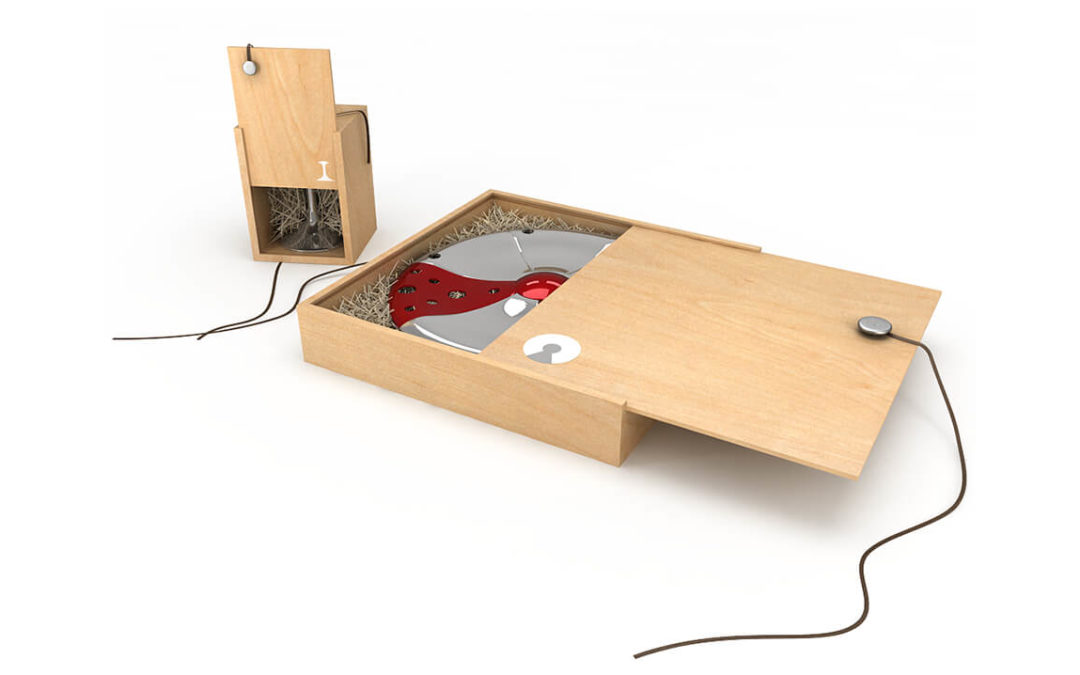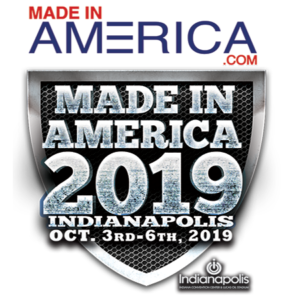By Nisha Sawhney | President & Founder | SnS Design
When it comes to deciding what your product’s packaging should look like, feel like, and be shaped like, putting yourself in your customer’s shoes is all important.
Your brand comes to life in your product’s packaging. Packaging is visual, emotional and also tactile. Realize that your product packaging communicates your brand like nothing else. Great packaging translates into successful sales with prospective buyers. Your packaging’s message must be short and crystal clear. It must stand out, and create a visceral impact.
The place to start in designing your package is to revisit your product goals. Diving deep into these goals will translate to the customer’s experience. Insights into what drives product experience will reveal the essentials — the features your packaging must have to fly off the shelves.
The experience that potential buyers have with packaging naturally will shape their expectations. At the same time, your consumer has nearly limitless choices thanks to the explosion of online selling. This makes it more difficult to introduce a new product. With more products than any consumer has time to consider, your packaging is being called on to break through immense clutter. To say that a package’s design needs to make an impression is an understatement. A designer is guided by the user experience. Examining what the competition is selling is helpful. One must identify packaging’s shortcomings to create designs that sell. For example, are your competition’s packages difficult to open? Is the information difficult to read? Which improvements in your package design will give your product a competitive edge – is it the images, colors, message, font, size etc.?
Your packaging’s look and feel should be appropriate for your product’s price point. In practical terms you wouldn’t want your packaging to be tough to handle or difficult to fit on a standard shelf. When creating a design that works, a great rule of thumb is to never spend more on your packaging than it costs to manufacture your product. Now that we have a better idea of what to consider before designing your product’s packaging,
let’s again look at cost. You might already have a particular design in mind and perhaps you’ve even run a package prototype by a small focus group or a close-knit group of friends. Defining what you can afford will be determined by a number of factors. Here are just a few questions to ask yourself before proceeding to design:
· How many units per month do you plan to sell?
· How much per unit can you afford and still turn a profit?
· Will you want custom or standard packaging?
· Will you require logo, packaging form design or additional design services?
· Where will you sell your product? Online, retail, supermarket etc.?
· Does your intended seller have requirements or specifications?
· Would you like to file for a patent for your packaging?
· Have you considered shipping and/or attrition costs?
· What about storage, transport, environmental factors?
As you can see, packaging design has quite the to-do list. Many people overlook these critical considerations in a rush to get a product to market. That’s always a mistake. Design is a process that takes time. Also, no matter how much package design experience you have, it never hurts to have a dispassionate outsider dissect and analyze your planned package’s key details.
Great products frequently fail merely because the packaging did not resonate with the target consumer. Your packaging needs to do justice to your product. You need to invest the same level of planning and introspection in making your product’s packaging appealing and functional as you invested in designing the product inside.
Looks count with your target market. Beauty may be skin deep, but when it comes to consumer appeal, beauty is just the flip side of functionality. Packaging is the sizzle that sells.



